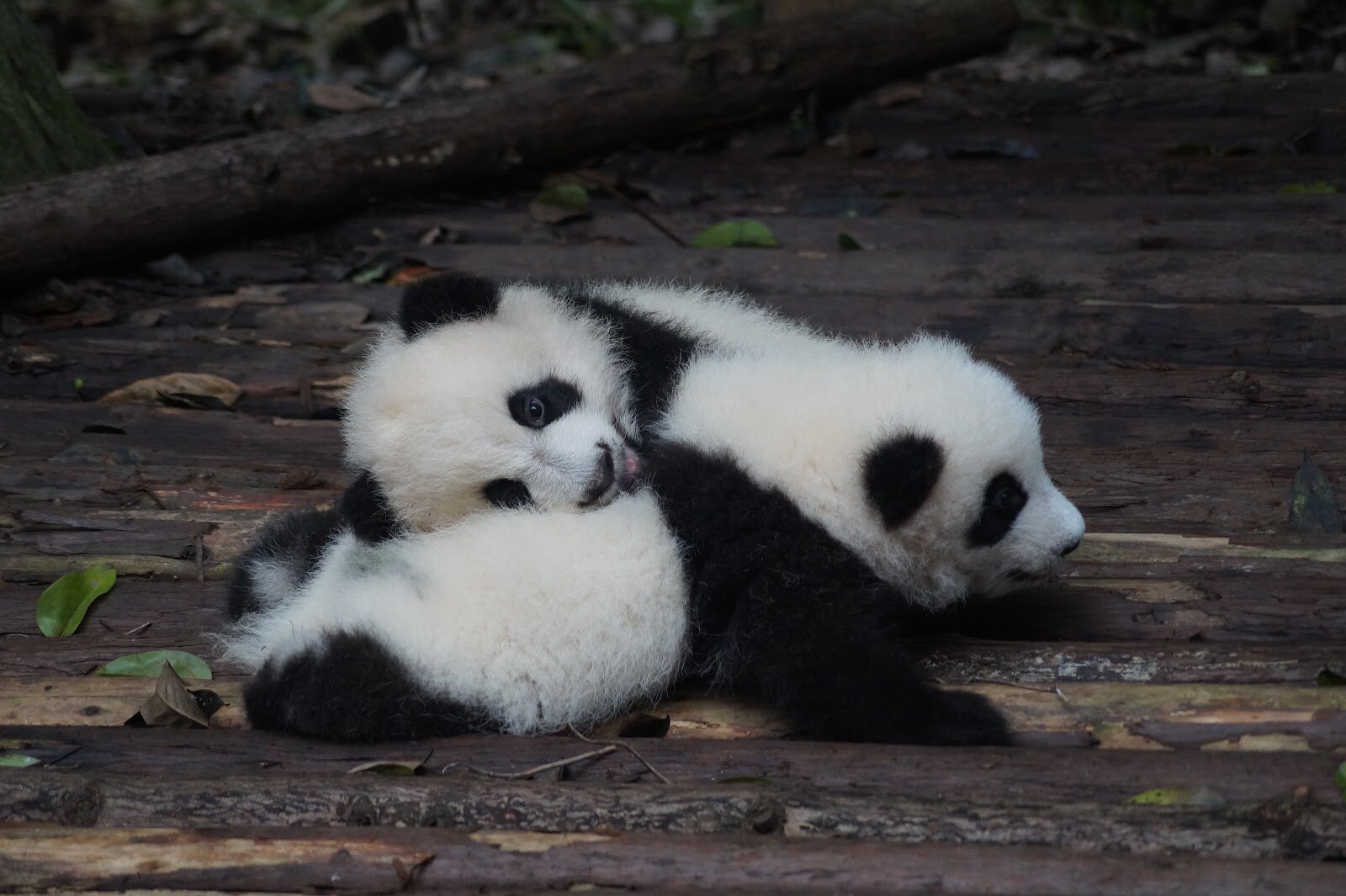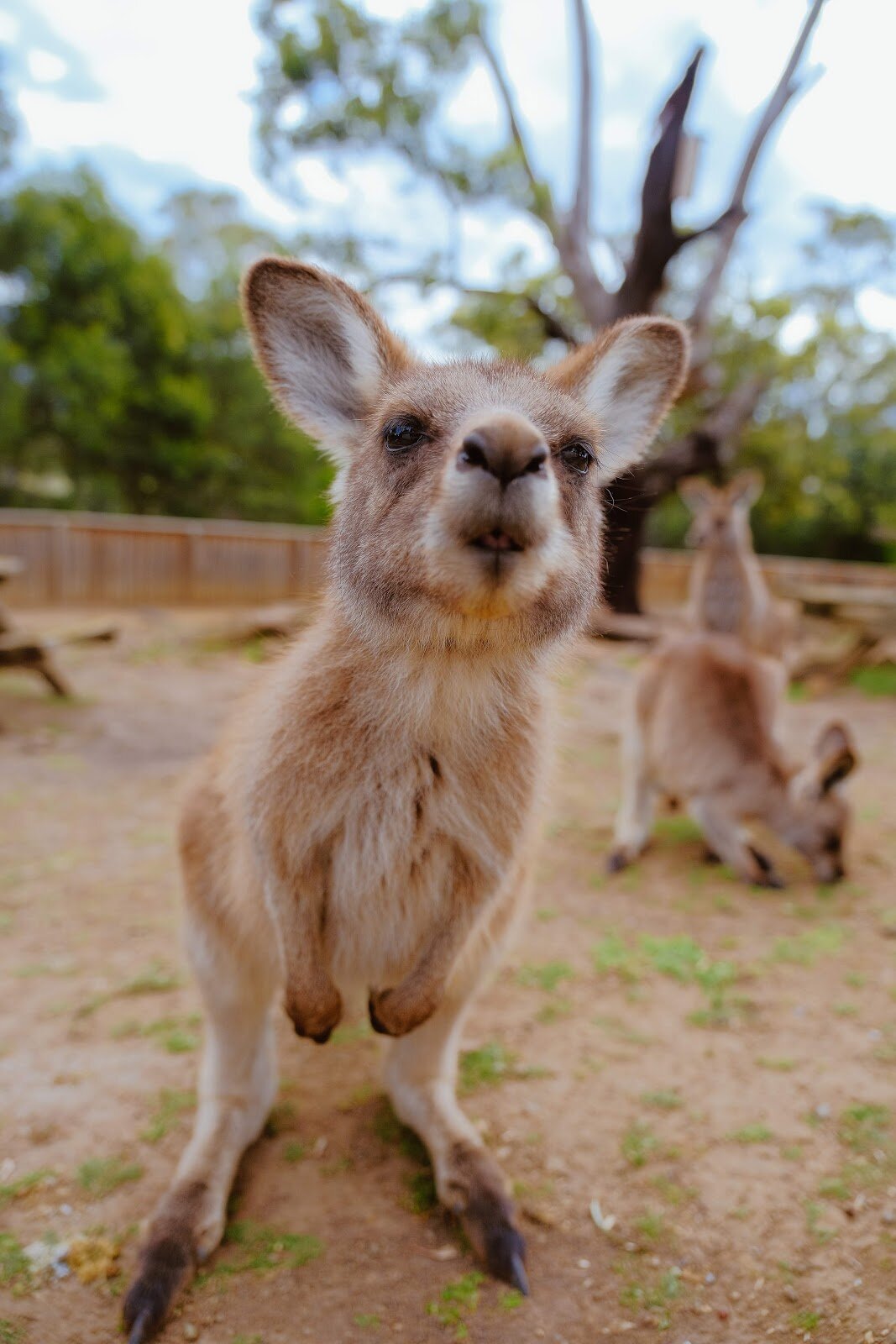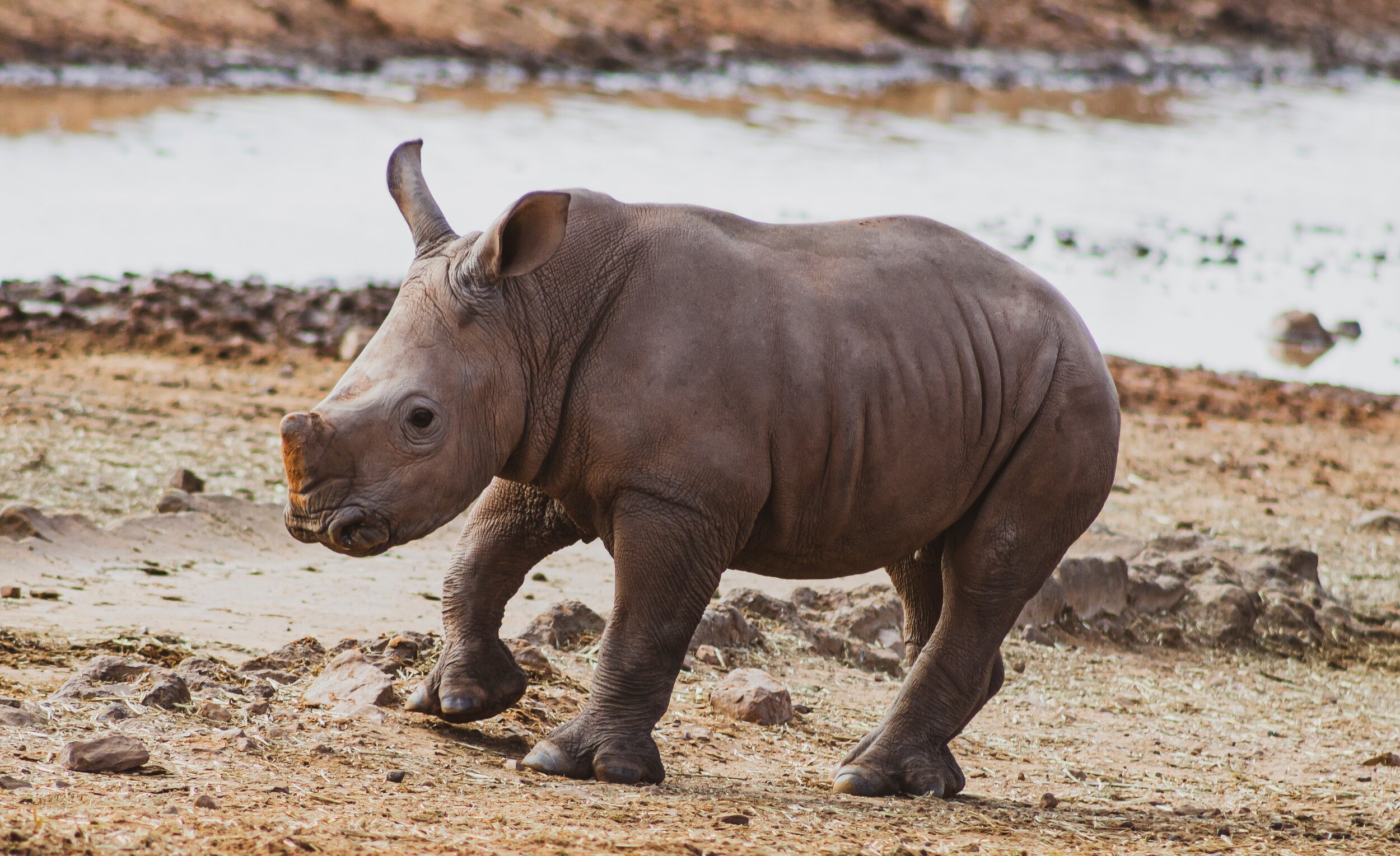I don’t know about you, but I am such a sucker when it comes to baby animals. I love spending my free time scrolling through videos of baby hippos, kangaroos, elephants, etc. on the gram. Before I know it, I am looking up what it takes to own a tiger and raise it from an infant to an adult with hopes that we will create a natural bond that will last a lifetime. From one animal lover to another, here are the top 10 cutest baby animals from around the world:
BABY GIANT PANDA BEAR
This peaceful creature with a distinctive black and white coat is adored by the world and considered a national treasure in China. Wild pandas live only in remote, mountainous regions in central China. A newborn panda is about the size of a stick of butter—about 1/900th the size of its mother. The blind infants weigh only 5 ounces at birth and cannot crawl until they reach three months of age. They are born white and develop their much-loved coloring later. You can find these little guys in the tops of bamboo trees on our China excursion.
BABY GIRAFFES
Female giraffe’s give birth standing up, which means it is about a 5-foot drop for the little one. Calves are about two meters tall and grow rapidly as much as two and a half centimeters a day!! It only takes them about a half-hour to get on their feet and about 10 hours to run wild with their mom. Come watch these little guys run on the African plains with our African safari.
BABY SEALS
This cutie is able to walk on all fours, has fur like a dog, and can bark… woof! Pups weigh 3-7 kg at birth. Most fur seal pups are born with a black-brown coat that molts at 2–3 months, revealing a brown coat that typically gets darker with age. Kylie took this picture of this little guy on one of our expeditions to Antarctica!
BABY HIPPOS
These big/little guys weigh nearly 100 pounds at birth (that is about 10x larger than the size of a human baby)! For its first eight months, the calf nurses while its mother is on land, or it swims underwater to suckle. When it dives, the calf closes its nose and ears to block out water. Watch baby hippos swim on one of our eastern central and southern sub-Saharan African safaris.
BABY SEA TURTLES
Sea turtles can be found in all oceans except for the polar regions. Females will come ashore to the same place they were hatched to lay their eggs. After about 50–60 days, the baby sea turtles break free of the eggshell, dig through the sand, and crawl into the sea. You can swim with the majestic Galapagos Green Turtle on our Galapagos Islands expedition.
BABY ELEPHANTS
Baby elephants weigh approximately 200 pounds when born (that’s a big baby). Calves are the center of attention in their family groups and rely on their mothers for as long as three years. Today there are three different elephant species: Asian elephant, African savanna elephant, and African forest elephant. On our Sri Lanka expedition, we visit the Pinnawala Elephant Orphanage - a home for young elephants who have been displaced or lost from their natural habitat. It is the best place for an up-close and personal experience with the world’s largest land mammals!
BABY MONKEYS
Don’t let their faces fool you, these fun little monkeys are also tricksters. All over Southeast Asia, there are signs posted warning you to “hold onto your belongings” when approaching the monkeys. Once born, baby monkeys are primarily cared for by their mother. These cuties like to ride on their mother's back or hang from her neck. The baby is considered an adult once it reaches 4-5 years of age. What these energetic bundles jump around the ancient jungle temple of Angkor Wat on our Southeast Asia excursion.
BABY DOLPHIN
Baby dolphins are born between 39 and 53 inches long and weigh between 22 to 44 pounds. These cuties come out tail first and then straight to the surface to get their first breath. They drink milk from their moms for a few years until they learn how to hunt fish. You can watch playful dolphins jump alongside the boat as we sail from Queenstown to Milford Sound on our New Zealand excursion!
BABY KANGAROO
Kangaroos usually have one child annually. The baby is born at a very immature stage and then crawls up its mother’s body and into her pouch. Baby kangaroos, or joeys, spend about 7-10 months in its mother’s pouch until it is ready to hop out and see the world. Kangaroos are indigenous to Australia. On our Australia adventure, you can encounter kangaroos up-close at one of the largest wildlife parks in the region!
BABY RHINO
At birth, baby rhinos are still quite big, at 88 to 140 lbs. At around 3 years old, the calf will set out on its own from its mother. These little fellas spend their days and nights grazing and only sleep during the hottest parts of the day. During the rare times when they aren’t chowing down on plants, they can be found enjoying a cooling mud soak (did someone say spa day?). White rhinos and black rhinos roam the grasslands and floodplains of eastern and southern Africa.
Post written by Isabel Henrie










